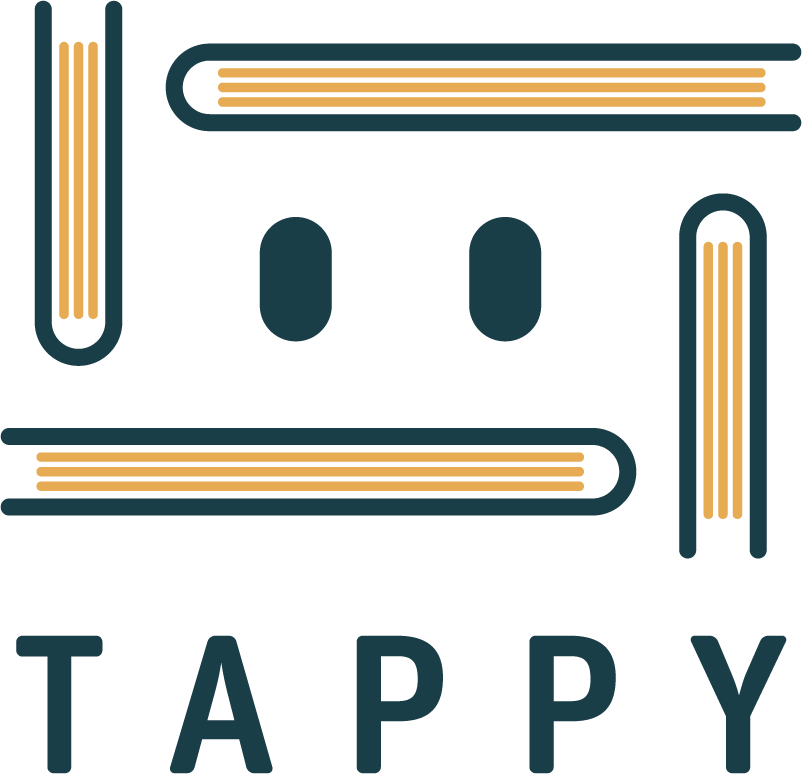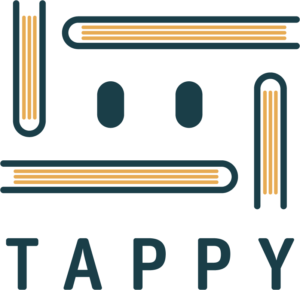Real Classroom Scenario
Mrs. Johnson’s 4th-grade science class was struggling with engagement and motivation. Many students seemed overwhelmed by the complexity of scientific concepts and lacked direction in their learning. During a unit on ecosystems, Mrs. Johnson noticed that while some students dove eagerly into the material, others appeared lost and disinterested.
Determined to ignite a passion for science in all her students, Mrs. Johnson decided to implement a goal-setting strategy. She introduced the concept of SMART goals (Specific, Measurable, Achievable, Relevant, and Time-bound) to her class, tailoring the approach to their age group. The transformation was remarkable. Students who once shied away from science began to take ownership of their learning, setting personal objectives like “I will identify and describe three different food chains in our local ecosystem by the end of the week.”
Quick Start Guide
Materials Needed:
- Goal-setting worksheets
- Colorful markers or stickers
- Science journals
- Visual goal trackers (e.g., charts or graphs)
Basic Steps:
- Introduce the concept of goal setting to students
- Provide examples of SMART goals related to the current science unit
- Guide students in creating their own goals
- Set up a system for tracking progress
Time Requirements:
- Initial lesson: 30-45 minutes
- Daily check-ins: 5-10 minutes
- Weekly review: 15-20 minutes
Tappy Tip: Use Tappy to quickly generate age-appropriate goal-setting worksheets and visual trackers tailored to your specific science unit. This can save hours of preparation time and ensure materials are perfectly suited to your students’ needs.
Detailed Implementation
Step-by-Step Instructions:
- Introduce Goal Setting:
- Explain the concept of goals using simple, relatable examples
- Demonstrate how goals can help in science learning
- Teach SMART Goals:
- Break down each component of SMART goals
- Provide science-specific examples for each element
- Guide Goal Creation:
- Help students brainstorm personal science goals
- Assist in refining goals to meet SMART criteria
- Establish Tracking Systems:
- Create visual trackers for the classroom
- Set up individual tracking in science journals
- Regular Check-ins:
- Implement daily progress checks
- Conduct weekly goal reviews and adjustments
Common Pitfalls and Solutions:
- Pitfall: Goals are too vague or ambitious
Solution: Work one-on-one with students to refine goals - Pitfall: Students lose motivation
Solution: Celebrate small wins and milestones regularly
Student Engagement Techniques:
- Use colorful stickers or stamps for goal achievement
- Create a “Goal Guru” of the week award
- Implement peer goal-sharing sessions
Tappy Tip: Utilize Tappy to generate personalized goal suggestions for students based on their interests and current performance levels. This can help with differentiation and ensure each student has appropriately challenging goals.
Differentiation Strategies
Adaptations for Different Learning Levels:
- Advanced learners: Encourage more complex, multi-step goals
- Struggling learners: Break goals into smaller, more manageable steps
Tappy Tip: Use Tappy to create tiered goal-setting worksheets that cater to different ability levels within your class.
Support for ELL Students:
- Provide visual aids and translated goal-setting templates
- Use simple language and concrete examples
Modifications for Special Needs:
- Offer tactile goal-tracking methods (e.g., moving beads on a string)
- Incorporate assistive technology for goal recording and tracking
Tappy Tip: Ask Tappy to generate visual goal-tracking aids and simplified goal-setting templates for students with special needs.
Assessment & Success Indicators
Observable Outcomes:
- Increased student engagement in science activities
- Improved self-regulation and time management
- Enhanced understanding of scientific concepts
Assessment Methods:
- Regular goal achievement check-ins
- Science journal reviews
- Self-assessment questionnaires
Student Feedback Strategies:
- Weekly reflection sessions
- Peer feedback circles
- Student-led goal presentations
Tappy Tip: Use Tappy to create customized rubrics for assessing goal-setting skills and science content knowledge simultaneously. This can streamline the grading process and provide more comprehensive feedback.
Teacher Tips & Tricks
- Use a digital tool like Google Sheets to track class-wide goal progress
- Implement a “Goal Buddy” system for peer support
- Integrate goal setting into existing science projects and experiments
Tappy Tip: Leverage Tappy for quick lesson plan adjustments based on goal progress data. This can help you stay responsive to student needs without spending hours replanning.
Resource Box
Websites:
- ReadWriteThink.org – For literacy integration in science goal setting
- Oercommons.org – For peer-created goal setting materials
- Edutopia.org – For additional teaching strategies on goal setting
- NSTA.org – For science-specific resources and lesson ideas
- CommonLit.org – For reading materials to support science goals
Books:
- “Goal Setting for Students: A Success Guide” by John Bishop
- “Visible Learning for Science, Grades K-12” by John Hattie
- “The SMART Goal Setting Workbook for Kids” by Shauna Springer
By implementing goal setting in your elementary science classroom, you’re not just teaching science—you’re empowering students with lifelong skills for success. With tools like Tappy to support your efforts, you can create a dynamic, personalized learning environment where every student can thrive. Remember, the journey of a thousand scientific discoveries begins with a single, well-set goal!


Leave a Reply